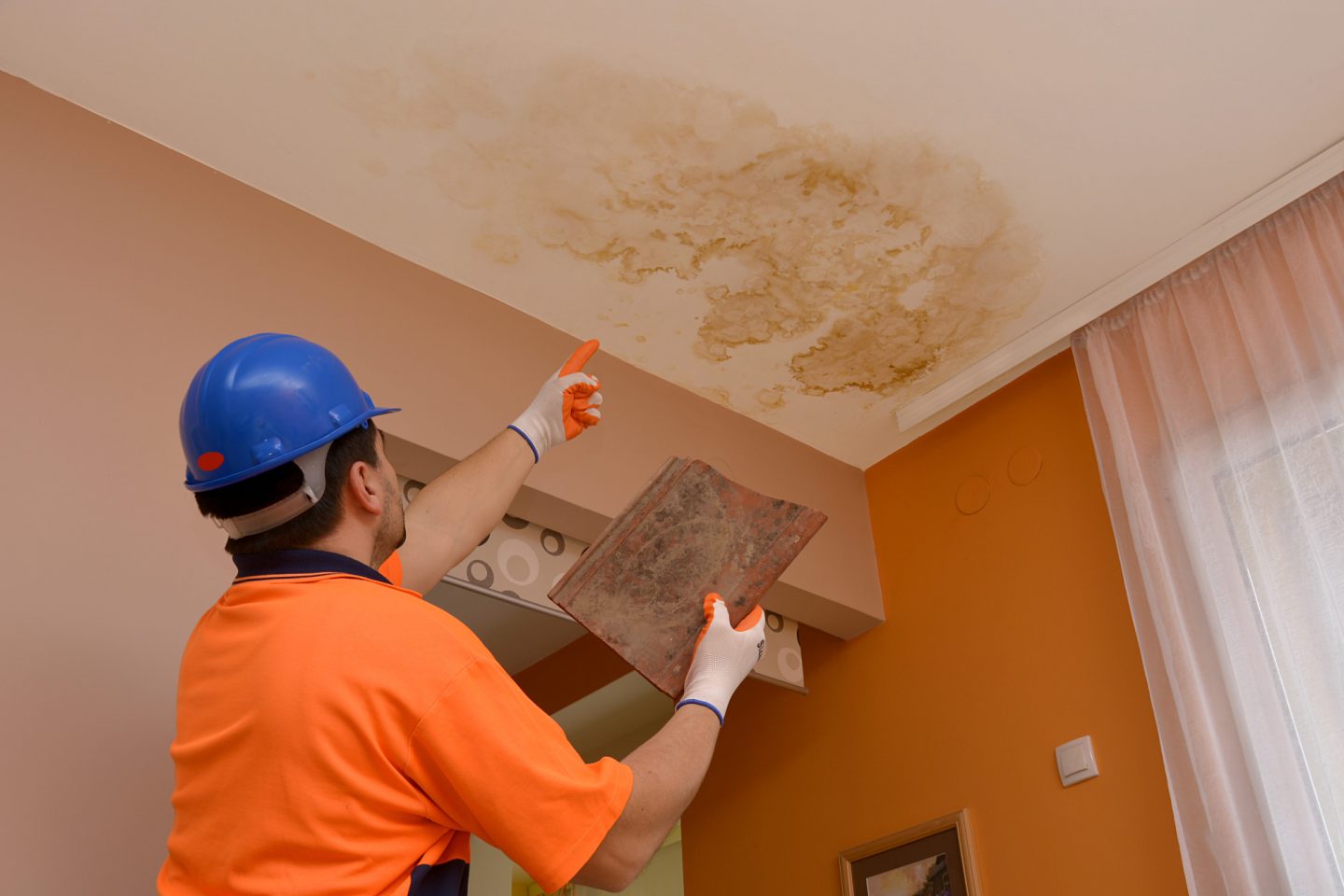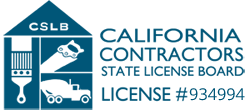
Restoring healthcare facilities after a disaster presents unique challenges. The safety and well-being of patients, staff, and visitors is our top priority during any restoration project. From assessing hazard risks to implementing strict safety protocols, every step needs to be meticulously planned and executed.
Healthcare facilities contain sensitive environments that require specialized attention. The presence of vulnerable patients, critical medical equipment, and various health regulations make these projects particularly complex.
Addressing potential health hazards and ensuring proper communication with staff and stakeholders are essential components of a successful restoration. By understanding the specific needs and risks, we can help maintain a safe and compliant healthcare environment throughout the restoration process.
Recognizing Mold Infestation in Commercial Buildings
Commercial buildings are vulnerable to mold infestations due to their large size and high occupancy rates. Mold often grows in hidden areas, like behind walls or under carpeting, making it hard to spot right away. However, there are some signs we can look for to recognize mold infestations early.
Common indicators of mold include musty odors, visible mold growth, and water stains on ceilings, walls, or floors. Any discoloration or spots should be checked immediately. It’s also vital to pay attention to complaints of allergies or respiratory issues among occupants, as these can be symptoms of mold exposure.
Regular inspections and prompt attention to leaks and moisture problems are crucial steps in uncovering mold issues in commercial properties.
Initial Steps to Take When Mold Is Found
Once mold is discovered in a commercial property, taking immediate action is essential to prevent it from spreading. We start by identifying and fixing the source of moisture. This could be from a leaky roof, broken pipes, or improper drainage. Addressing the moisture problem is crucial to stop mold growth.
After fixing the moisture issue, we isolate the affected area to prevent mold spores from spreading to other parts of the building. This includes turning off HVAC systems and using plastic sheeting to seal off the contaminated area.
Next, we remove any standing water and dry the area completely, using fans and dehumidifiers if necessary. Proper containment and drying are critical steps that set the stage for effective mold remediation.
Specialized Equipment and Practices for Safe Restoration
Restoring a health care facility requires specialized equipment to ensure both effective cleanup and safety. We use advanced technology like HEPA air scrubbers and negative air machines to filter out airborne contaminants, making the air safe for patients and staff. Dehumidifiers and moisture meters help us manage humidity levels and detect hidden moisture, which prevents mold growth.
We follow strict safety practices during the restoration process. For instance, we isolate affected areas to avoid cross-contamination and use personal protective equipment (PPE) to keep our team safe.
Our team is trained to handle biohazards and other medical waste safely. By using the right equipment and practices, we ensure that the facility is restored efficiently while maintaining the highest safety standards.
Training Staff and Communication Strategies for Safety Compliance
Safety compliance during restoration is crucial, especially in healthcare settings. We train our staff thoroughly on safety protocols and emergency response procedures. Regular drills and refresher courses help keep everyone prepared for unexpected situations. Clear communication is also vital. We use detailed signage to inform everyone about restricted areas and ongoing work.
Additionally, we keep open lines of communication with hospital administrators and medical staff. Regular updates on the progress ensure that everyone is informed and can plan accordingly. We also incorporate feedback from medical staff to address any concerns promptly.
Establishing trust and maintaining transparency helps us ensure safety compliance and smooth operations during the restoration process.
Safety Strategies for Effective Healthcare Facility Restoration
Restoring healthcare facilities after events like floods, fires, or mold infestations requires specialized knowledge and equipment. Ensuring the safety of patients and staff is our top priority.
We carefully assess hazard risks and implement strict safety protocols to address these challenges effectively. Using advanced equipment and well-trained personnel, we maintain high standards for safety and efficiency during the restoration process.
Proper communication and comprehensive training are essential to our success, making sure that everyone involved is aware of safety measures and progress. If your healthcare facility needs restoration, don’t compromise on safety and quality.
Contact Restoration Masters to ensure a seamless fire and water restoration process in Cucamonga. We’re committed to restoring your facility while protecting those who depend on it.





